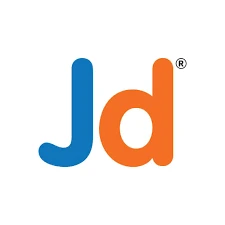|| Data Structure & Algorithms Certification Course
Data Structures and Algorithms Course are the backbone of computer science. This course introduces students to the fundamental concepts, techniques, and best practices for designing and implementing efficient data structures and algorithms. Through a combination of lectures, readings, programming assignments students will develop a deep understanding of how to organize, store, and manipulate data effectively. Our Data Structures & Algorithms course offers a comprehensive exploration of fundamental concepts and advanced techniques essential for solving complex computational problems efficiently.
Through a combination of theoretical instruction and hands-on coding exercises, participants will gain a deep understanding of various data structures such as arrays, linked lists, trees, graphs, and hash tables. Additionally, the course will cover a wide range of algorithmic paradigms including sorting, searching, recursion, dynamic programming, and graph algorithms. With practical implementation and analysis of algorithms, students will learn to optimize code for performance and memory usage, enabling them to tackle real-world challenges in software development and competitive programming. Whether you're a beginner looking to build a strong foundation or a seasoned programmer seeking to enhance your problem-solving skills, this course equips you with the tools and techniques necessary to excel in the rapidly evolving landscape of computer science.
This course delves deep into the theory and practical implementation of various data structures and algorithms, aiming to equip students with the knowledge and skills necessary to tackle real-world computational challenges. Through a blend of theoretical lectures, hands-on coding exercises, and collaborative projects, students will explore the intricacies of data organization, algorithmic design, and optimization techniques.
Please contact the nearest BIT training institute or send an email to inquiry@bitbaroda.com with any additional questions you may have regarding our Data Structure & Algorithms training course. We offer a free demo by calling us at +91-9328994901. We offer top-notch Data Science & Algorithms classes in Vadodara-Sayajigunj, Vadodara - Waghodia Road, Vadodara - Manjalpur, Ahmedabad, Anand, and Nadiad.



 4.8 (21,636) reviews
4.8 (21,636) reviews


 Read more
Read more 
